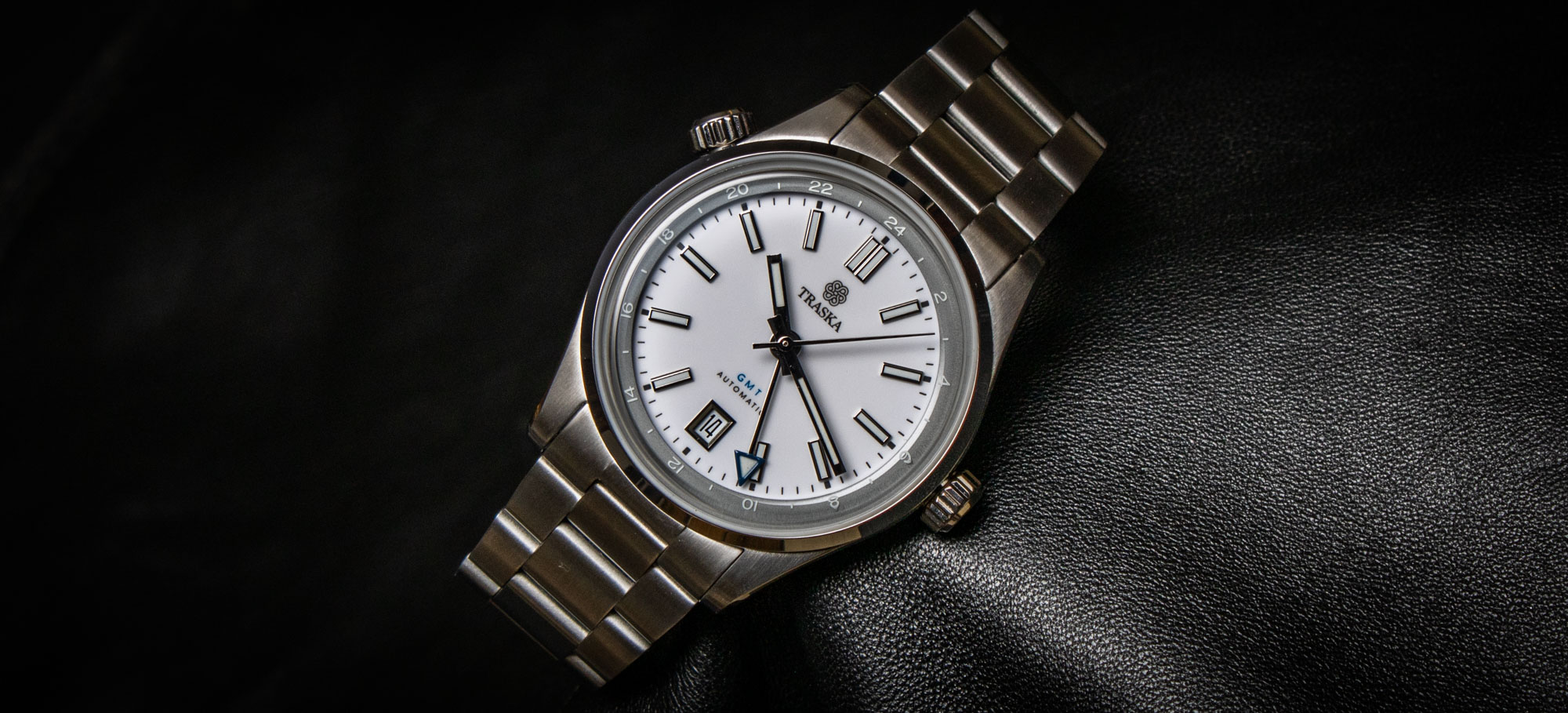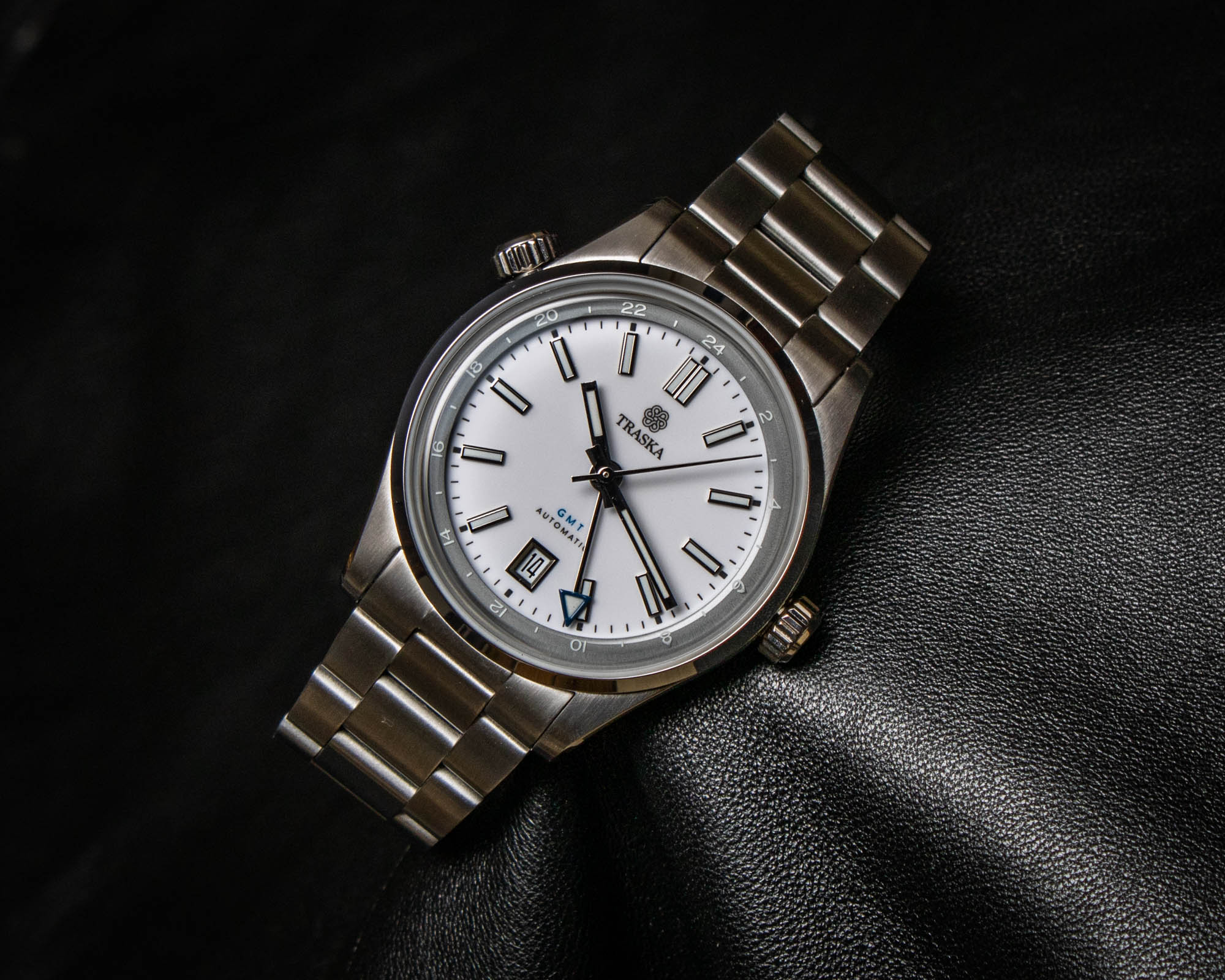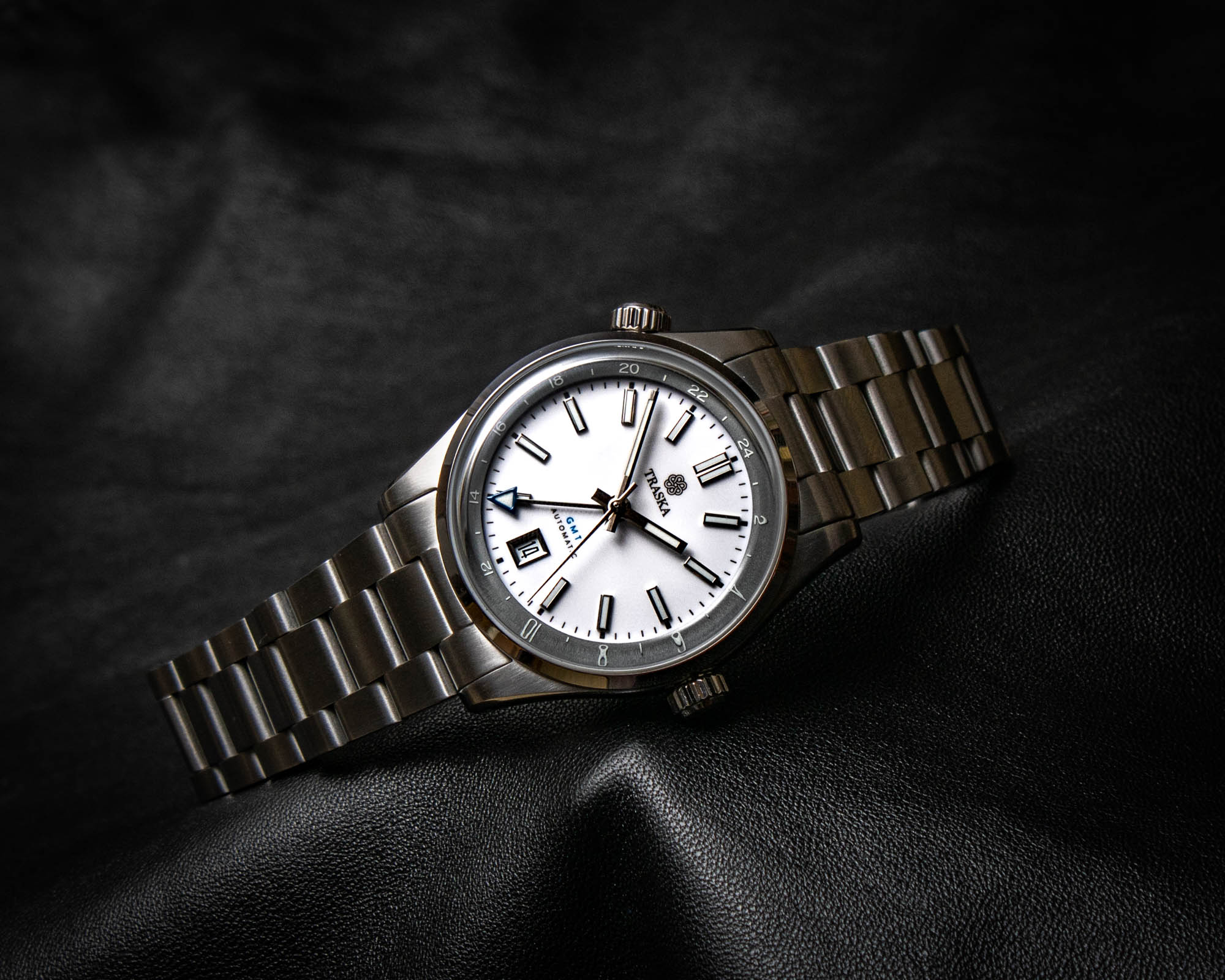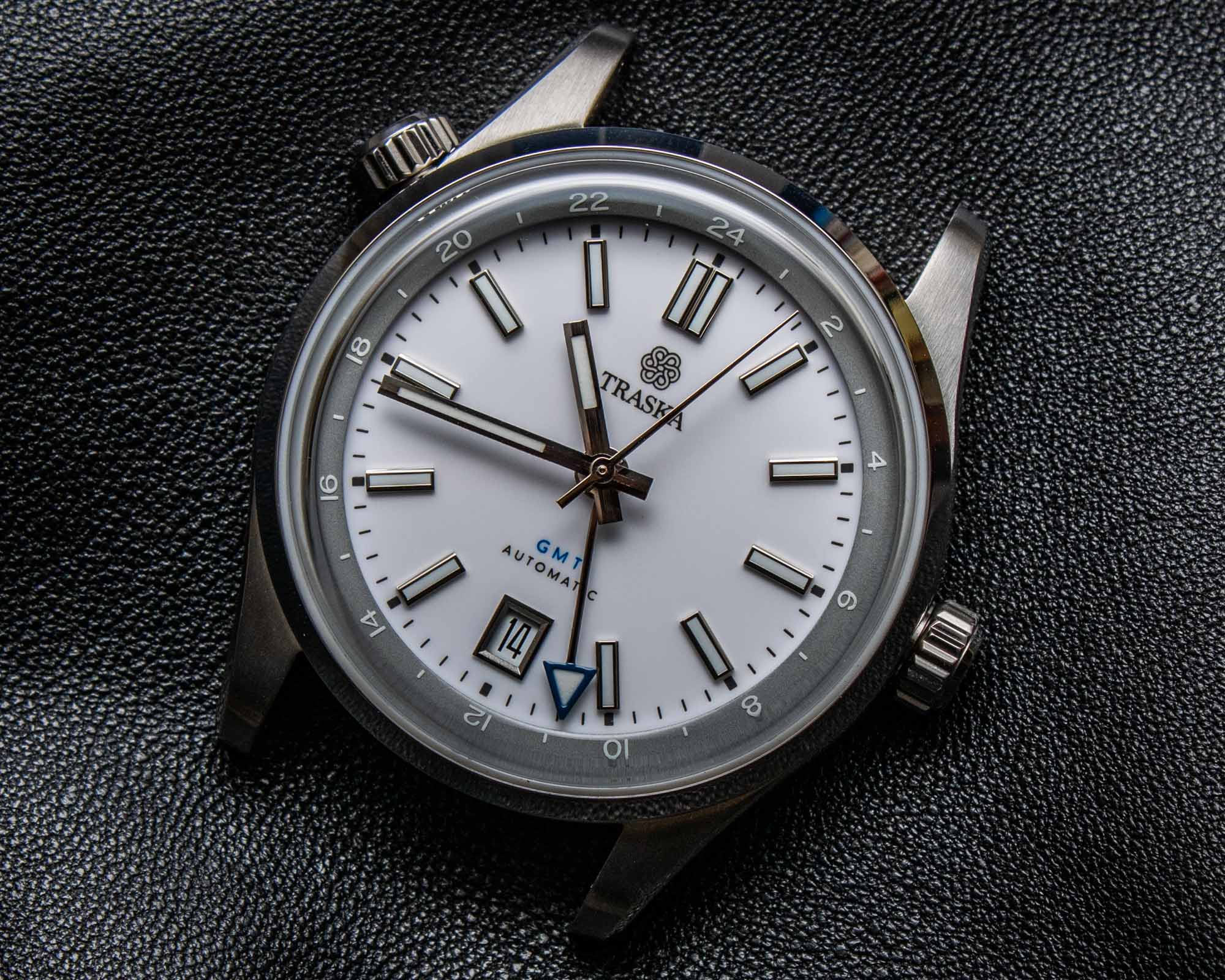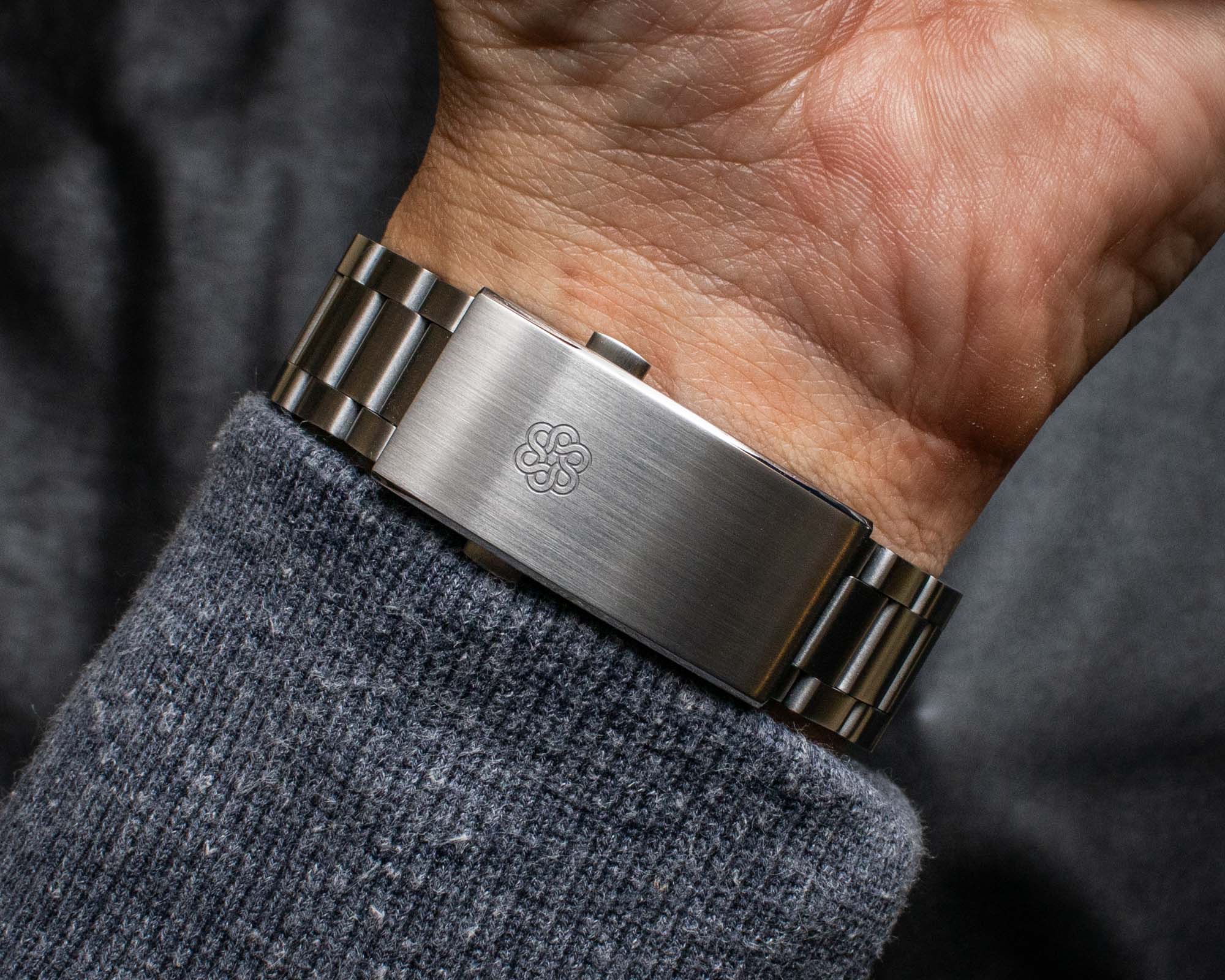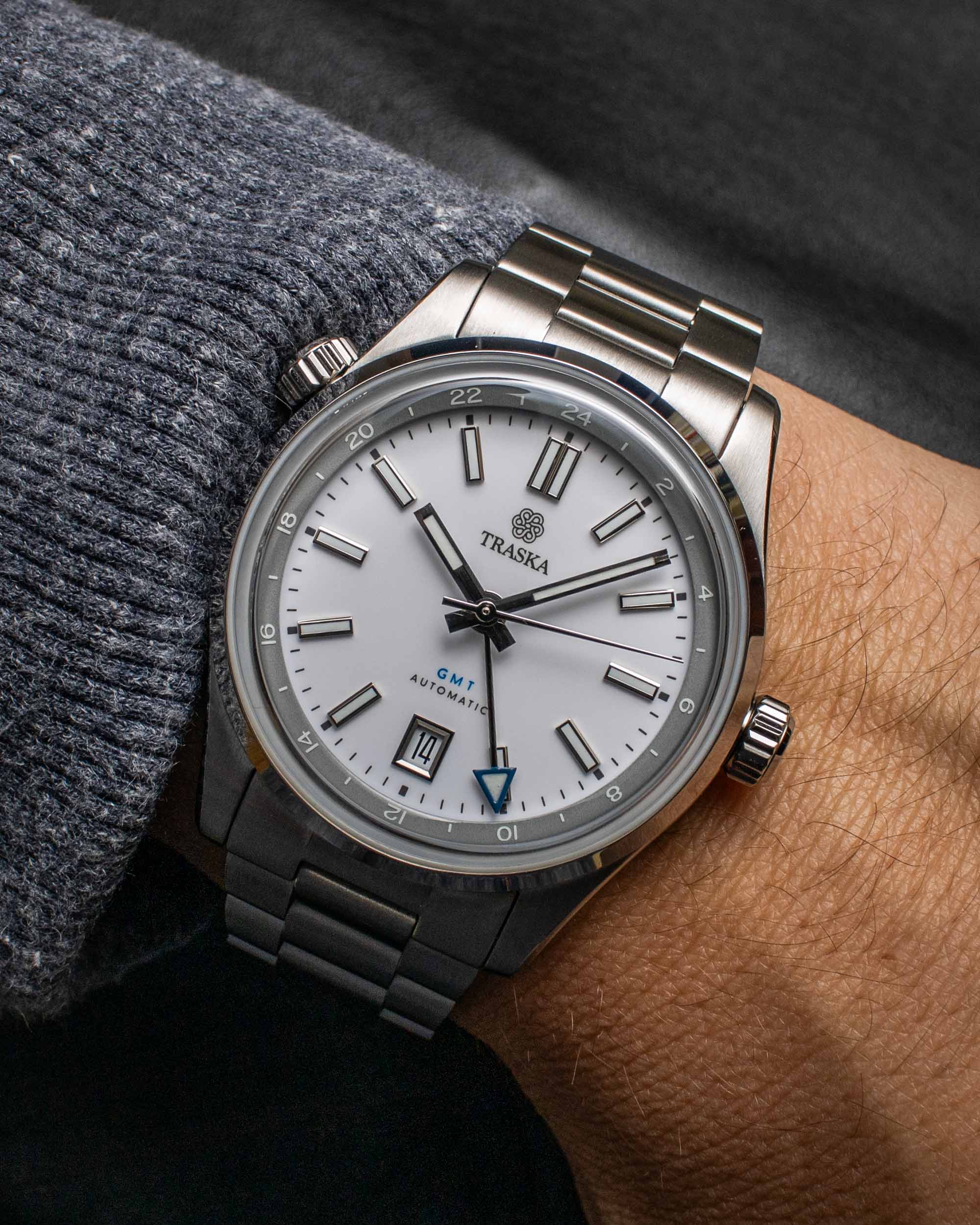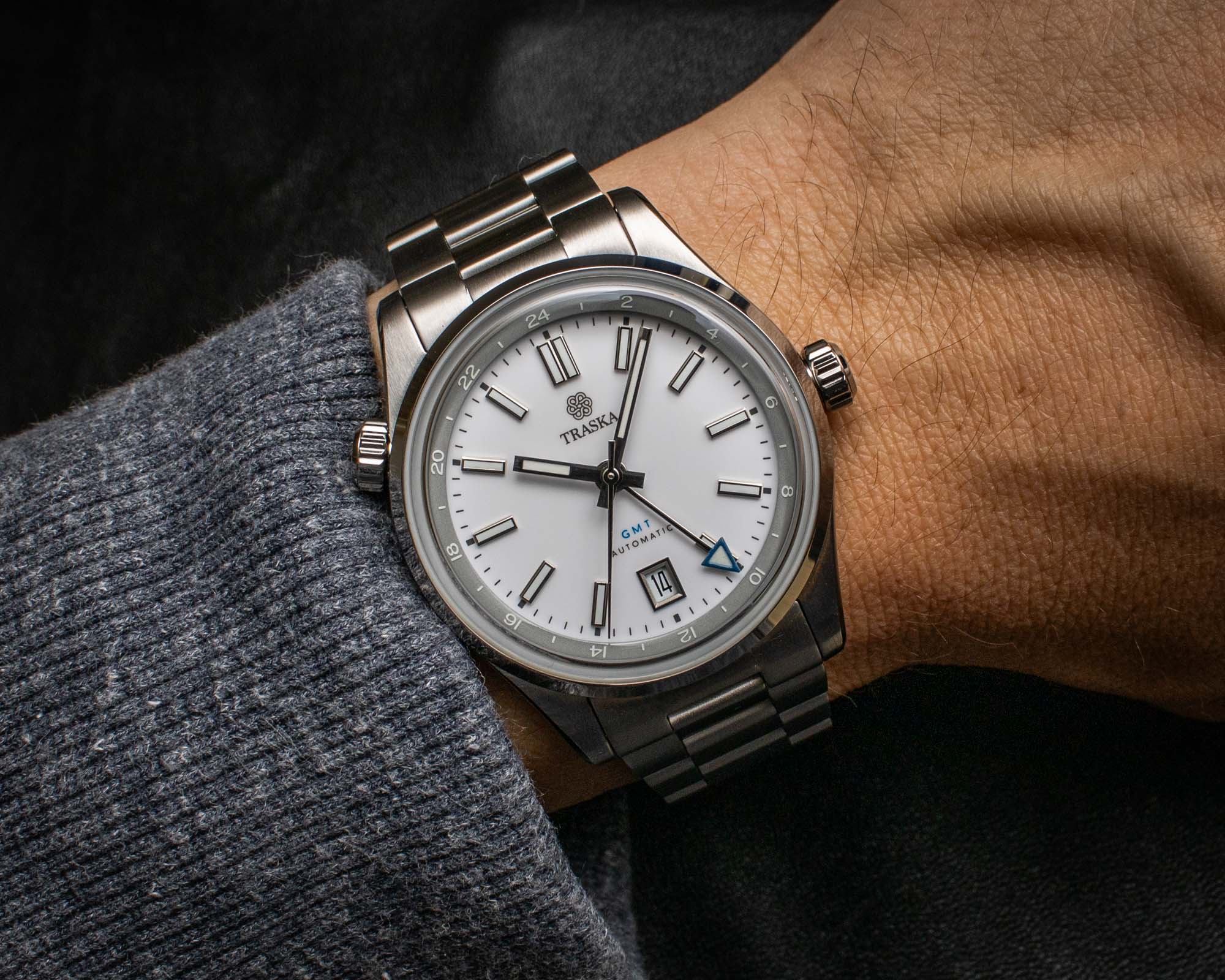
Arguably one of the most exciting recent developments for the affordable side of the watch enthusiast landscape is the advent of the Miyota 9075 GMT movement, which has democratized traveler-style GMT functionality and enabled a wide variety of brands to create highly compelling timepieces that all exist well below the thousand-dollar price point. For American independent brand Traska, its Venturer series has always represented a rather value-packed offering within the greater category of mechanical travel watches. However, the Miyota 9075 has opened up the doors to the Traska Venturer GMT, which offers significantly expanded functionality compared to the original version of the brand’s signature travel watch.
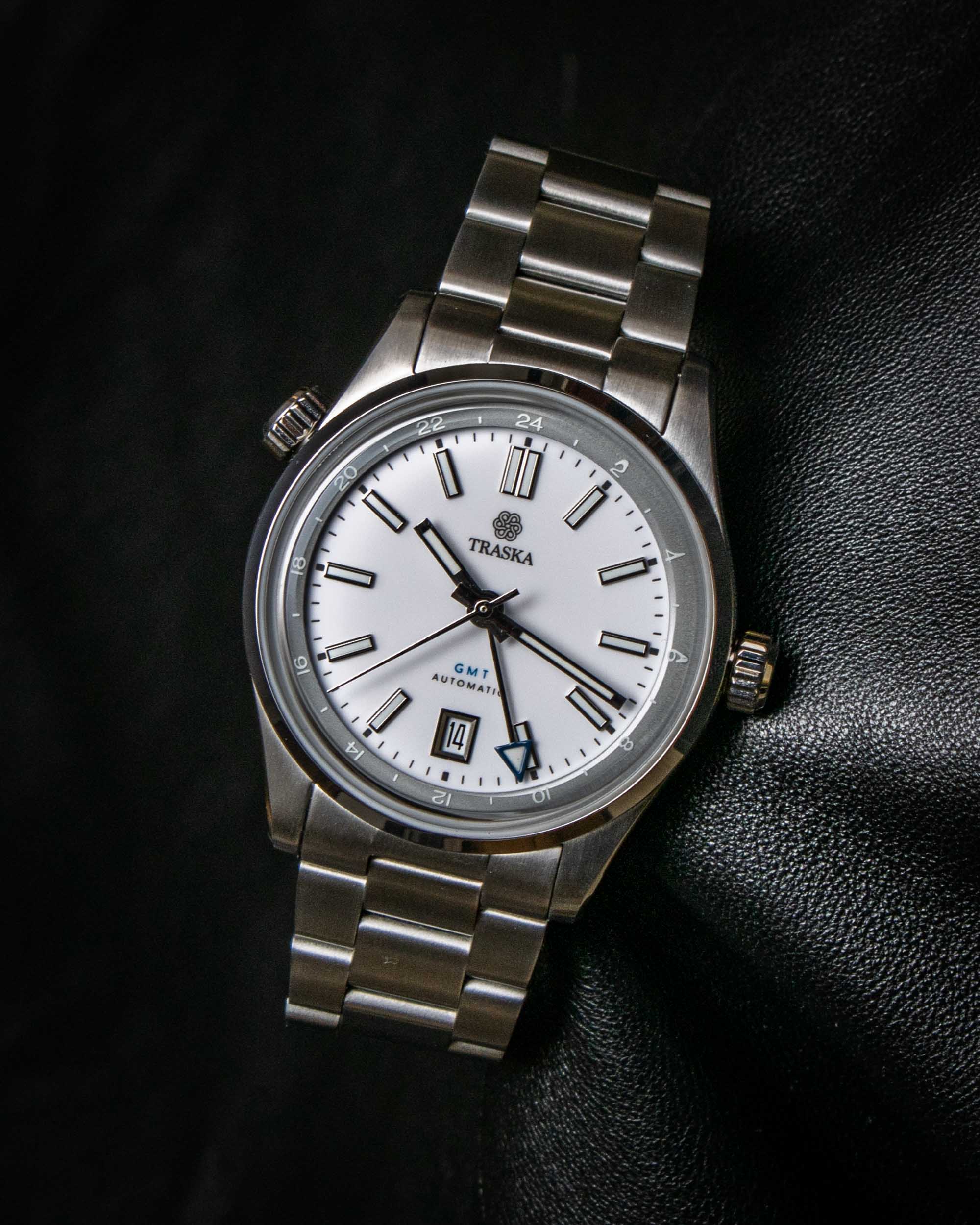
While the inaugural Traska Venturer watch was originally launched in 2021 as a three-handed model that relied solely on its internal rotating bezel for displaying a secondary timezone, the Traska Venturer GMT represents the follow-up generation that was launched in 2022, and then updated the subsequent year in 2023 to feature an improved clasp with an integrated extension system. While the core design DNA of the Venturer has endured throughout the generations, having a proper GMT movement exponentially increases the model’s functionality, and the modern Traska Venturer GMT is a substantially different timepiece than the original watch that debuted in 2021. Traska currently offers the Venturer GMT in four different colorways (Carbon Black, Arctic White, Steel Blue, and Bottle Green), and the Arctic White model is the version reviewed here, which features a crisp white dial paired with a contrasting light gray internal bezel and small blue accents.
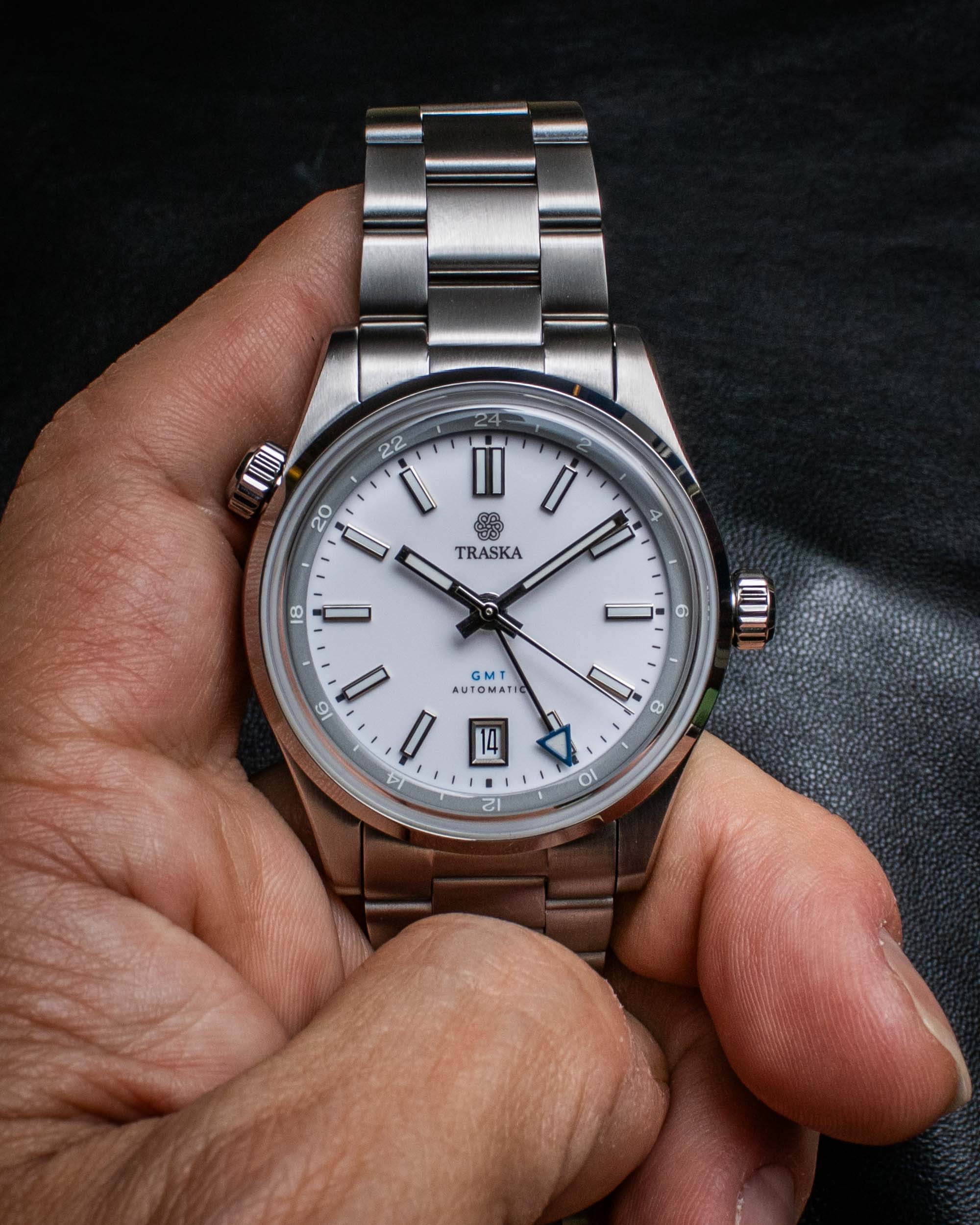
Crafted from 316L stainless steel, the case of the Traska Venturer GMT features brushed and polished surfaces, and it has been given the brand’s signature hardened coating, which increases its surface hardness from approximately 200HV up to 1,200HV. In terms of dimensions, the case of the Traska Venturer GMT measures 38.5mm in diameter by 10mm thick, with drilled 20mm lugs and an overall lug-to-lug profile of 46mm; however, once you factor in the box-shaped sapphire crystal (with anti-reflective treatment on the underside surface), the total height of the watch actually measures approximately 12.5mm. The reverse side of the Traska Venturer GMT receives a solid screw-down caseback to help support its 150 meters of water resistance, and aside from a few basic markings along its perimeter, the brushed stainless steel caseback is largely unadorned, although each one is engraved with its corresponding watch’s individual serial number.
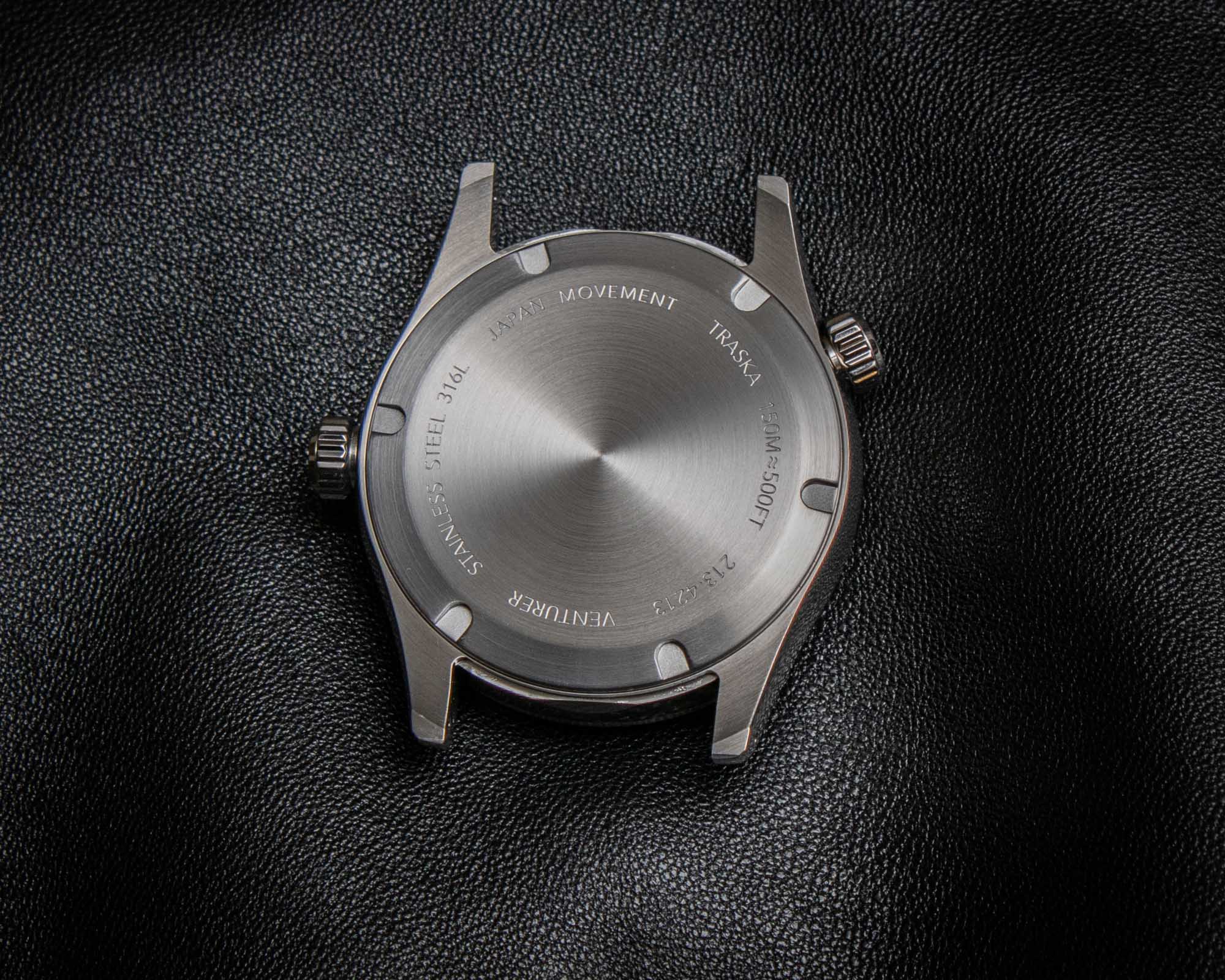
Rather than having an external 24-hour bezel like most GMT watches, the Traska Venturer GMT has its 24-scale printed along an internal rotating bezel ring, which is operated by the secondary crown that is located on the side of the case at 10 o’clock. Unlike the standard winding crown at the 3 o’clock position that features a screw-down design and is used for accessing the internal movement, the secondary crown for the bezel does not screw down or pull outward in any capacity, although it does rotate with a faint yet tactile ratcheting motion that offers four clicks per hour to help facilitate alignment. Additionally, while the standard crown at 3 o’clock is signed with Traska’s logo, the secondary crown at 10 o’clock that is dedicated to the internal bezel is engraved with a stylized globe insignia to denote its travel-oriented functionality.
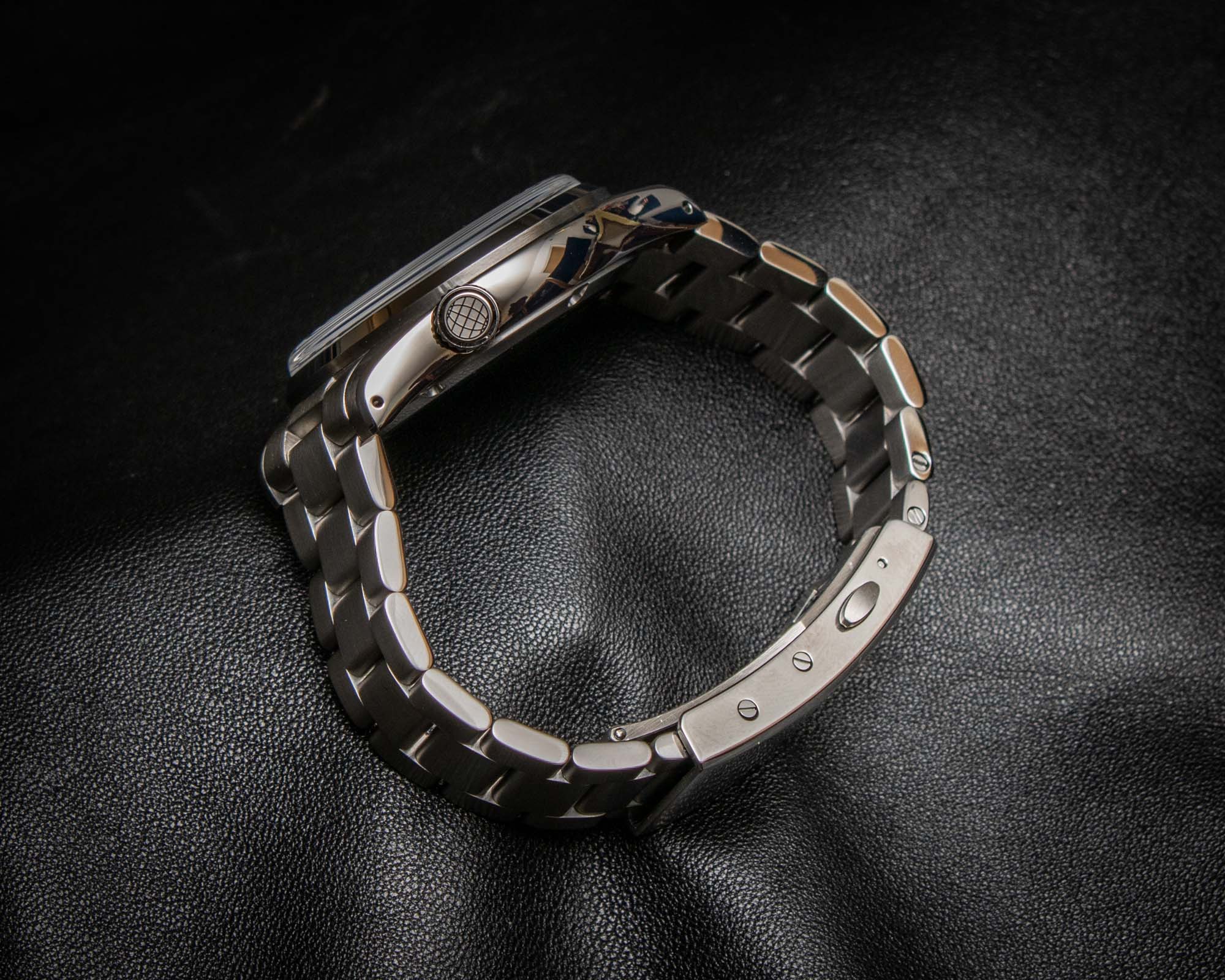
While some people will be happy to see that the secondary crown for the bezel does not feature a screw-down design, I’m sure there will be others who wish that it also screwed down to the case. On one hand, the pair of independently adjustable hour hands are already capable of displaying two timezones, and not having a screw-down crown makes it significantly easier to use the bezel as a quick way to reference an additional location that isn’t displayed by the two hour hands. Alternatively, not having a screw-down crown for the bezel means that it might occasionally get knocked out of place, and since the dial doesn’t have its own 24-hour scale, the bezel is the only point of reference for the GMT hand. All things considered, the method used by the Traska Venturer GMT is likely the more practical approach for most applications, as the process of having to unscrew (and then re-screw) a crown on the left-hand side of the case is arguably more difficult than simply doing the mental math of adding or subtracting the corresponding number of hours for most calculations.
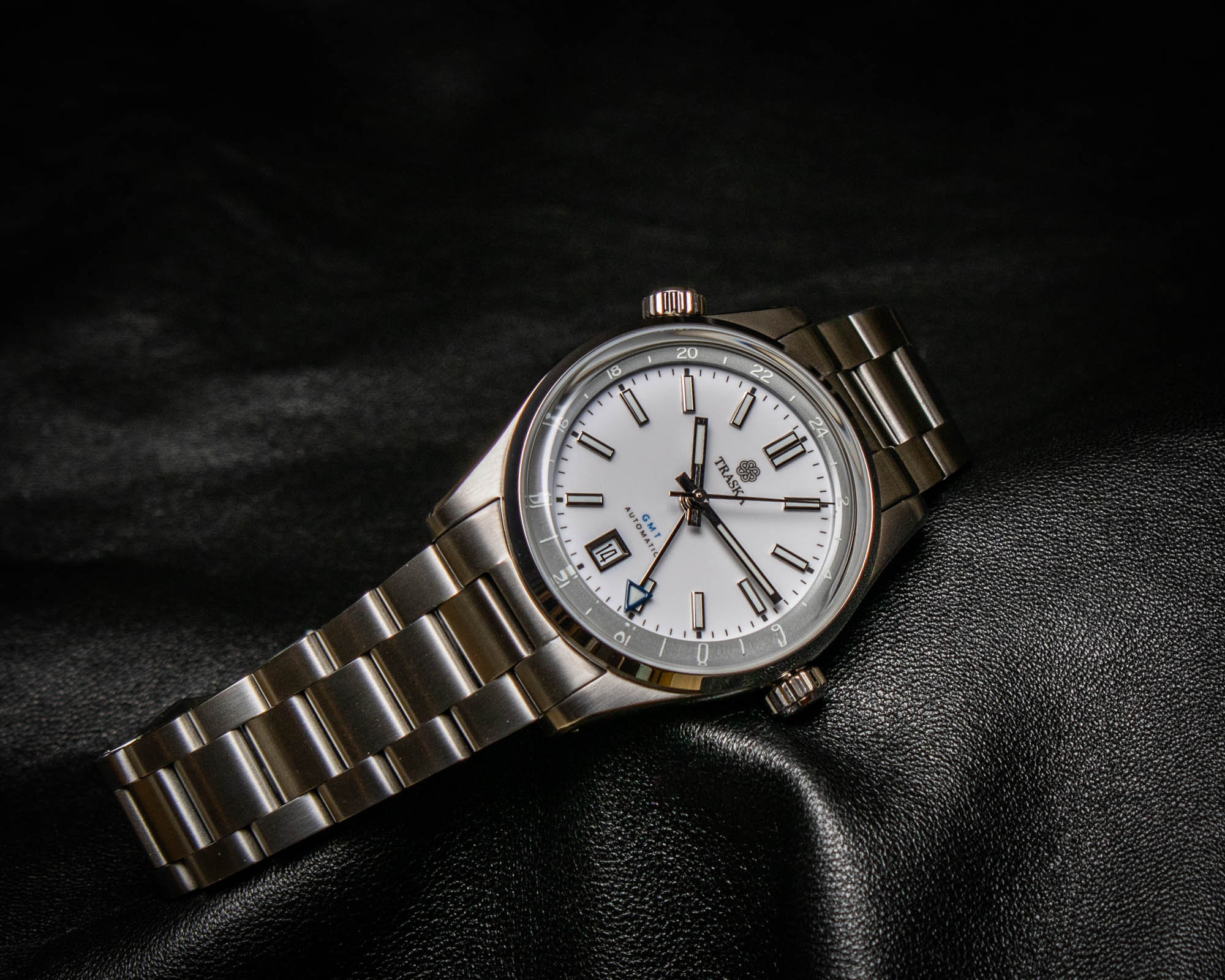
Unlike the other colorways from this generation, the Arctic White version of the Traska Venturer GMT features a contrasting design for its dial and internal bezel. While the dial itself is white with applied indexes that are filled with Swiss BGW9 Super-LumiNova, the bezel ring is gray with its luminous 24-hour scale printed in white. To complement the surrounds for the hour markers, the date window at 6 o’clock receives a matching polished frame, while a small splash of blue appears in the form of the “GMT” text on the lower half of the dial. Meanwhile, the baton-style hands feature brushed top surfaces with large polished facets, and the triangular tip of the GMT hand is also finished blue, although it appears in a slightly darker shade than what is used for the text on the dial. Just like the hour markers, the hands are also finished with BGW9 Super-LumiNova, and all of the luminous material on the Traska Venturer GMT glows blue in the dark, with the hands and hour markers emitting a brighter glow than the 24-hour scale on the internal bezel.
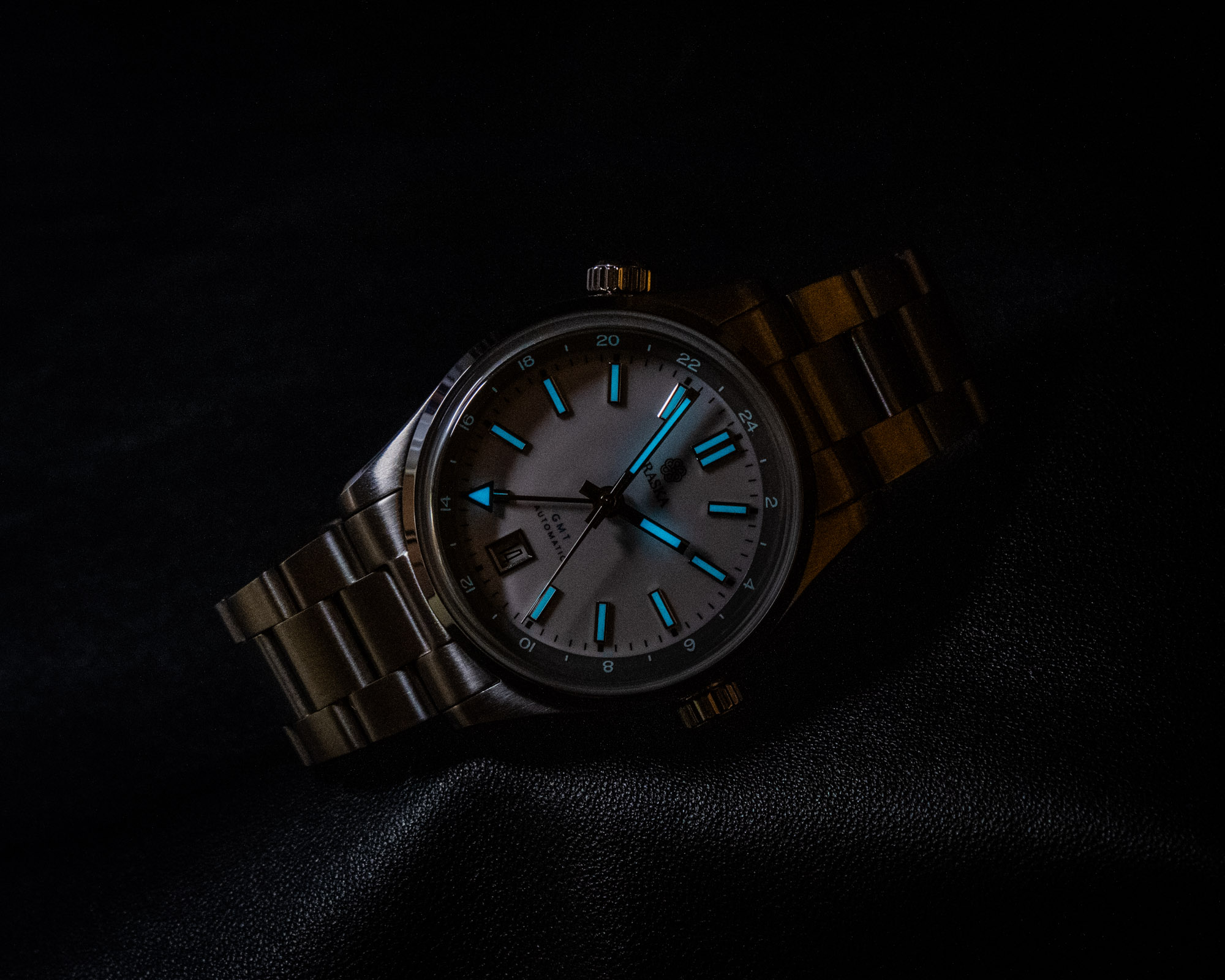
Powering the Traska Venturer GMT is the Miyota Cal. 9075 automatic movement, which runs at a frequency of 28,800vph (4 Hz) with a power reserve of approximately 42 hours. Additionally, Traska regulates its movements in four positions to bring the timekeeping of the Miyota 9075 down to -10/+20 seconds per day, and while this is still a fairly long way away from chronometer standards, it still represents a 25% reduction in tolerances compared to the standard factory specs for this popular Japanese caliber. As a true “flier” style GMT movement, the Miyota 9075 features an independently adjustable local hour hand that can be jumped forward or backward in one-hour increments, rather than the “caller” style that offers independent adjustment of the date and 24-hour hand. While each type of GMT movement has its own list of positives and drawbacks, a “flier” style GMT caliber is the superior choice for a travel watch like the Traska Venturer GMT, as it allows users to easily update their local timezone to reflect their changing location, without disrupting any of the other hands on their watch.
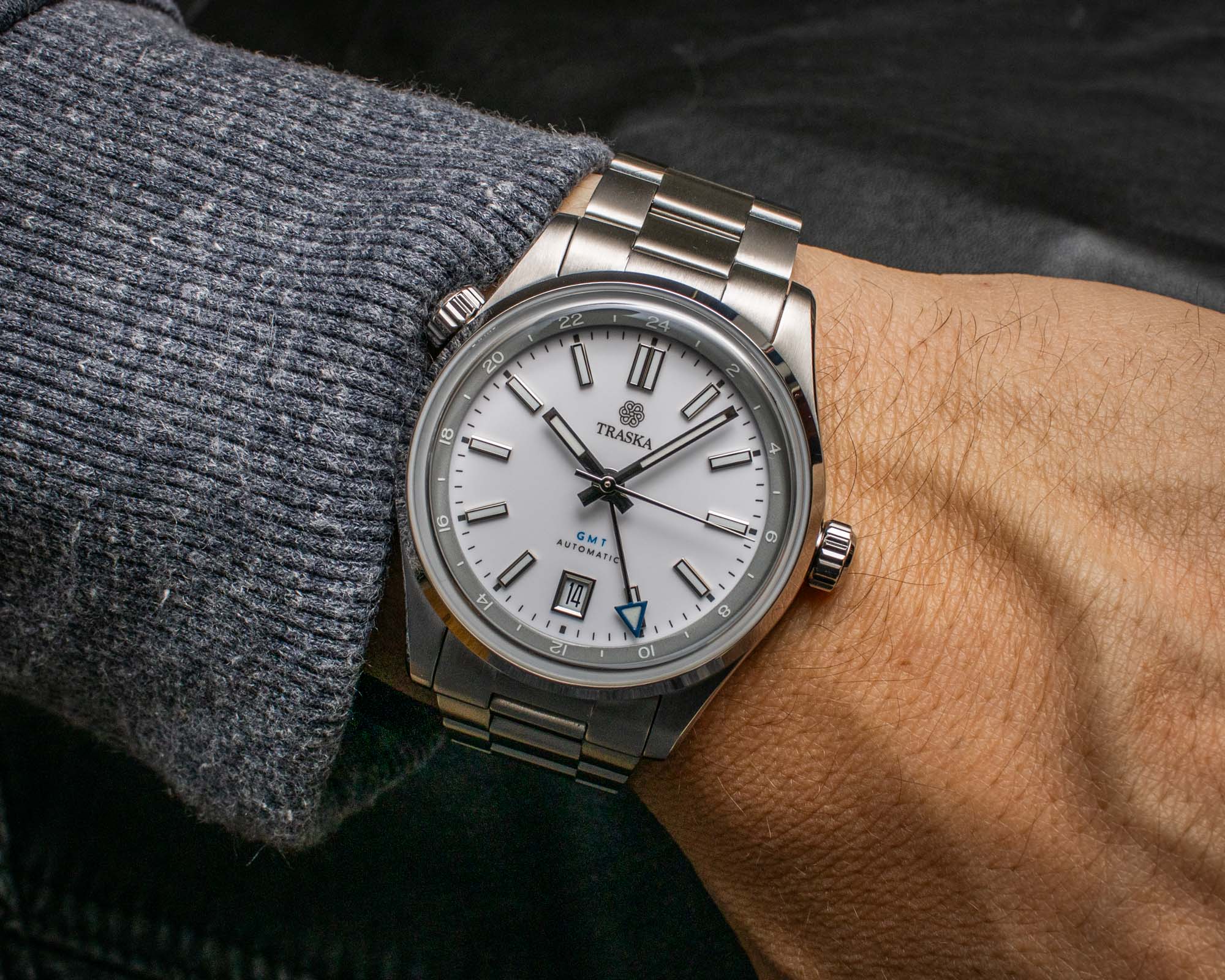
Fitted to the lugs of the Traska Venturer GMT is a stainless steel bracelet that features the same hardened surface coating as its case. Tapering from 20mm at the lugs down to 16mm where it connects to its clasp, the bracelet features a fairly standard three-link design, although each link fully articulates and bends at two places, which means that the bracelet is quite a bit more flexible compared to something like a traditional Oyster-style design. Additionally, while the bracelet attaches to the lugs with standard spring bars (rather than with a quick-release system), the links are all completely solid, and single-sided screws are used for the removable links, which means that sizing the bracelet is a simple and straightforward process. As for the clasp, it is constructed entirely from machined components and features a double push-button release, along with a well-conceived integrated extension system that offers five positions of incremental adjustment. While the size of the clasp is slightly large relative to the rather compact profile of the case, it hardly feels oversized when on the wrist, and the internal sections of the clasp are decorated by perlage, which serves as a rather nice yet unexpected design detail.
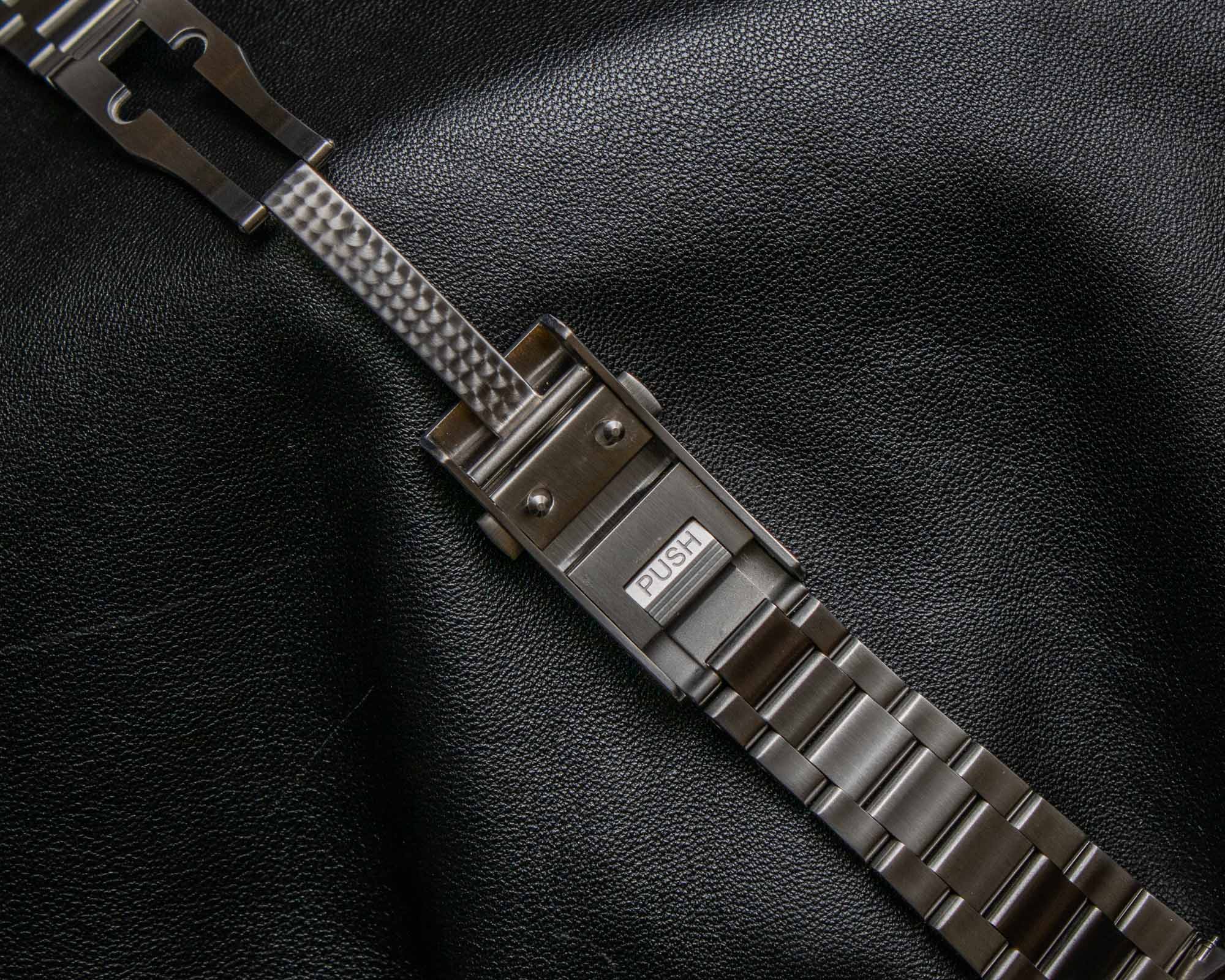
While a number of companies have recently launched GMT watches that take advantage of the Miyota 9075 movement, the Traska Venturer GMT is very much a functional evolution of the brand’s original travel-oriented model. With that in mind, having a proper four-handed GMT movement significantly expands the utility of the Venturer series, and rather than just being an aesthetically versatile sports watch with a simple way to quickly reference a secondary timezone, the modern Traska Venturer GMT is a proper multi-timezone travel companion that offers all of the same functionality that you get from many of the top offerings within the industry. Back when the inaugural Traska Venturer debuted in 2021, there weren’t really any affordable mechanical GMT movements available to small-scale independent brands, although that has changed significantly over the course of the last few years, and the Traska Venturer GMT really feels like the watch that this model was always destined to become.
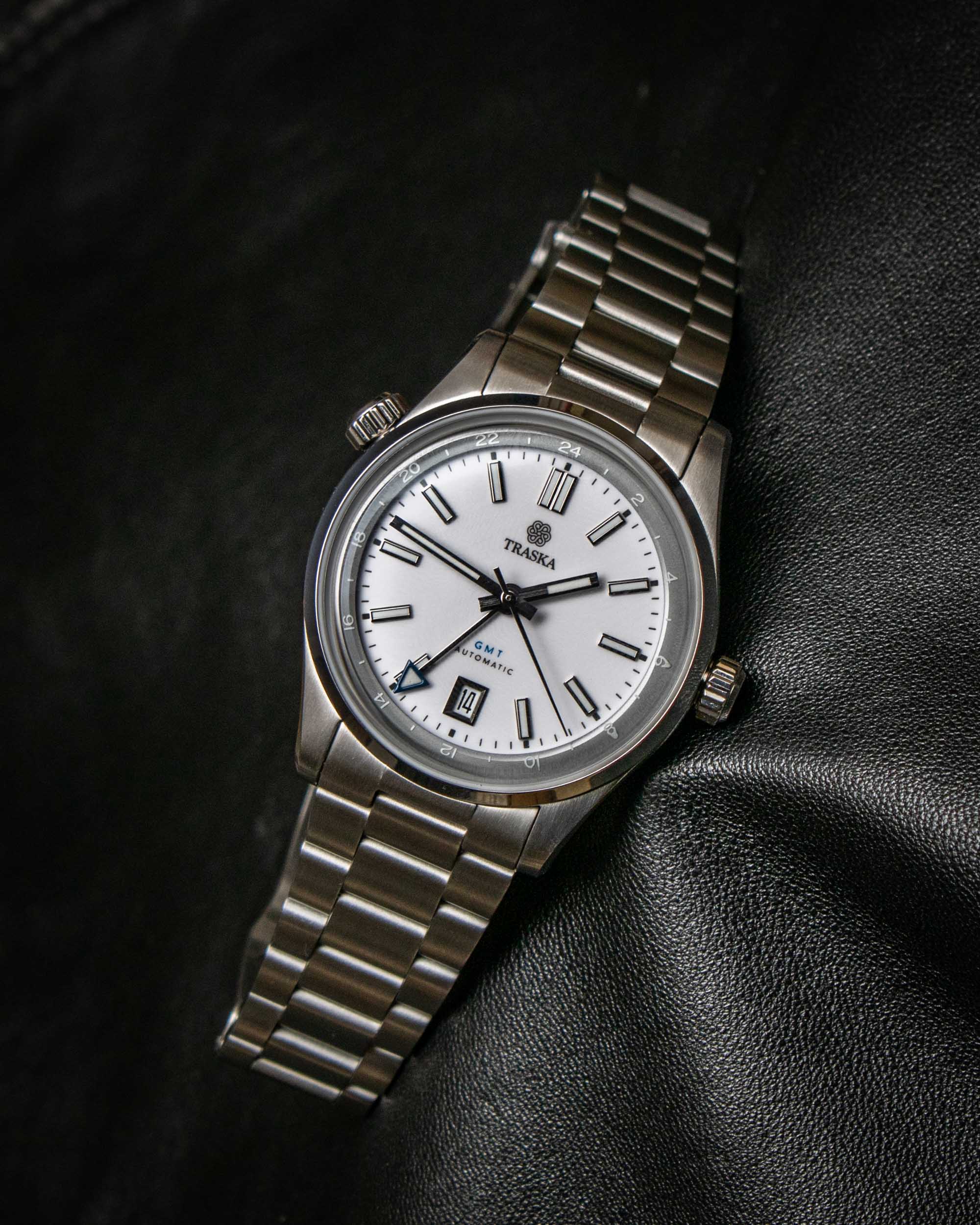
Up until just a few years ago, a mechanical GMT movement with an independently adjustable local hour hand was something that really only existed beyond a price floor of several thousand dollars, although the Miyota 9075 has completely changed the landscape for travel watches, and this same functionality can now be obtained for well-under four figures. With an official retail price of $720 USD, the Traska Venturer GMT ultimately represents a highly compelling offering within the GMT watch landscape, and this remains true even within the context of other timepieces that are powered by the same movement, which are often priced slightly higher and aren’t accompanied by the more premium features that can be found on the Venturer GMT, such as its hardened surface coating and integrated clasp extension system. All things considered, between its versatile aesthetic, robust design, practical GMT movement, and objectively reasonable price point, the latest generation of the Traska Venturer GMT is very well-suited to being someone’s go-anywhere travel watch. For more information on the Traska Venturer GMT, please visit the brand’s website.

